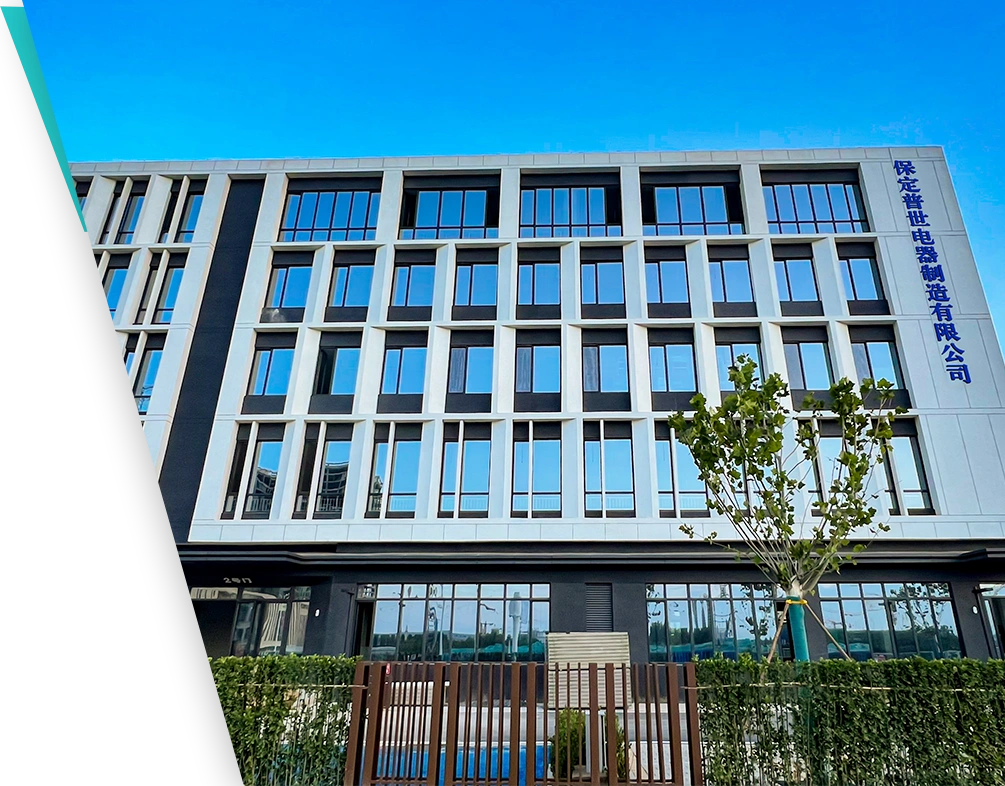 English
English


Gas Chromatography Mass Spectrometry (GC-MS) Analysis | Accurate & Reliable Results
Gas chromatography-mass spectrometry (GC-MS) is an analytical technique that combines the features of gas chromatography and mass spectrometry to identify and quantify chemical compounds in a sample. This powerful method is widely used in various fields, including environmental monitoring, forensic science, food safety, and pharmaceuticals, due to its sensitivity and efficiency in analyzing complex mixtures.
In gas chromatography, a sample is vaporized and carried through a column by an inert gas, usually helium or nitrogen. The column is coated with a stationary phase, which separates the components of the mixture based on their boiling points, volatility, and interaction with the stationary phase. As the components exit the column at different times, they are directed into the mass spectrometer for further analysis.
.
One of the significant advantages of GC-MS is its ability to provide both qualitative and quantitative data. The mass spectrum allows for the identification of compounds, as different substances produce distinct spectra. Meanwhile, the area under the peaks in the chromatogram correlates with the concentration of each compound, enabling accurate quantification.
gas chromatography mass spec

GC-MS is particularly valuable for detecting trace levels of compounds, often in the parts per billion range. This sensitivity makes it an essential tool in environmental testing, helping to identify pollutants in air, water, and soil. In forensic science, GC-MS helps analyze evidence like drug samples or toxic substances, providing critical information in legal investigations.
Moreover, in the food industry, GC-MS is utilized to analyze flavors, fragrances, and potential contaminants, ensuring product safety and quality. Pharmaceutical companies also employ this technique to characterize and quantify active pharmaceutical ingredients, ensuring compliance with regulatory standards.
In conclusion, GC-MS is an indispensable analytical technique that offers reliability and precision in various scientific fields. Its ability to separate complex mixtures and provide detailed information about chemical constituents makes it a cornerstone in chemical analysis and quality control. As technology advances, the applications of GC-MS will likely expand, further enhancing our understanding of complex chemical environments.
-
Differences between open cup flash point tester and closed cup flash point testerNewsOct.31,2024
-
The Reliable Load Tap ChangerNewsOct.23,2024
-
The Essential Guide to Hipot TestersNewsOct.23,2024
-
The Digital Insulation TesterNewsOct.23,2024
-
The Best Earth Loop Impedance Tester for SaleNewsOct.23,2024
-
Tan Delta Tester--The Essential Tool for Electrical Insulation TestingNewsOct.23,2024





